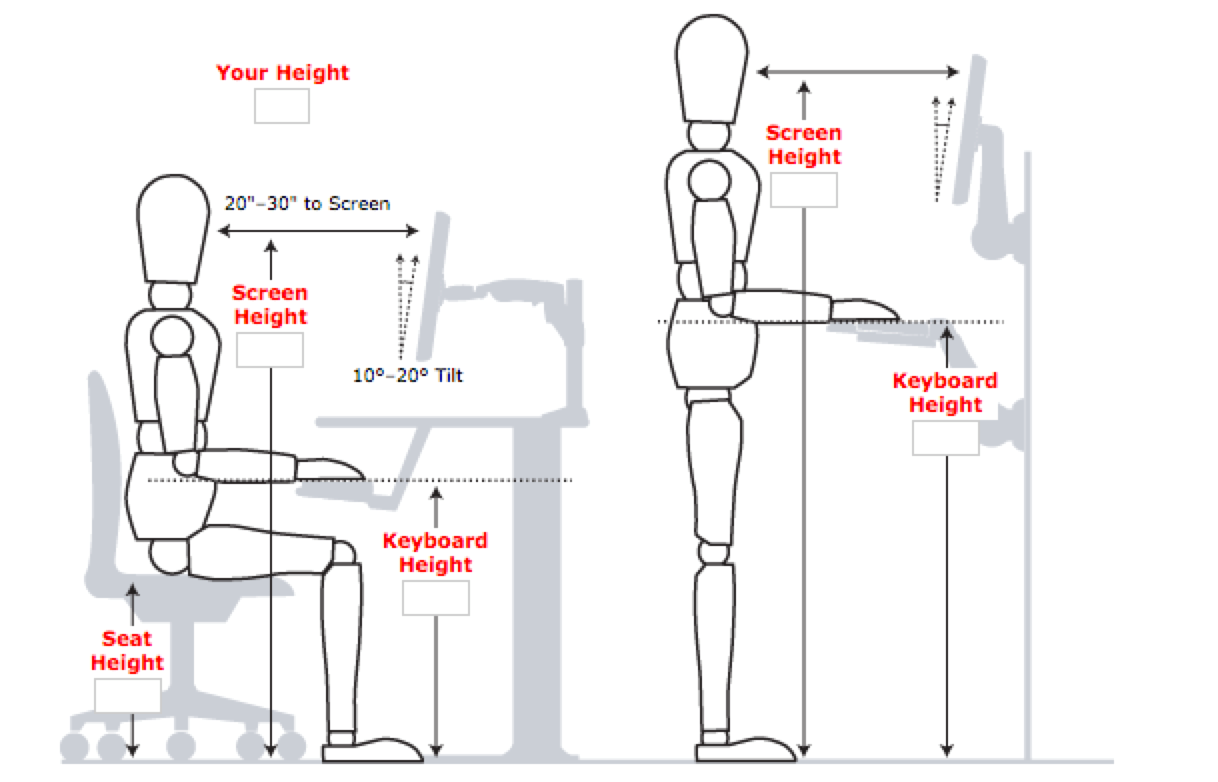Plantar Fasciitis a Clinical Study
Background:
Plantar fasciitis is the inflammation of the plantar fascia and a very common cause of heel pain. The plantar fascia is a thick band of tissue that runs from the heel bone to the toes and supports the arch of the foot. The pain is usually most noticeable when first standing up and walking or after walking, running, or standing for long periods; and may decrease after light activity. Plantar fasciitis can be a very frustrating diagnosis due to the fact that most people have to be on their feet at sometime during the day which further exacerbates their symptoms.
Participants:
66 total participants
-32 in dry needling group
-34 in the steroid injection group
Methods:
This study was a single-blind, randomized clinical trial. The participants placed into the dry needling group received dry needling for 30 seconds of the intended site. The participants in the steroid injection group received an injection at the intended site and the needle was immediately withdrawn. Patients gave a baseline measurement using the visual analog scale (VAS) and were followed up with at 3 weeks, 6 weeks, 3 months, 6 months and 1 year.
Results:
Baseline visual analog scale (VAS) scores to rate pain were taken in both groups before treatment. When scores were retested at 3 weeks, the dry needling and the steroid group both improved, although the steroid group demonstrated greater pain relief. This trend continued until the 3 month follow-up where the steroid began to demonstrate a gradual increase in pain. The dry needling group continued to demonstrate a gradual decrease in the VAS score at every follow-up. In conclusion, the steroid group got more effective short term relief while the dry needling group more significantly lowered their VAS score overall and were able to maintain their decrease over a 1 year follow up.
Clinical Application – Plantar Fasciitis:
This study demonstrated that steroid injections can make a rapid improvement in plantar fasciitis pain peaking at 3 weeks while dry needling showed a gradual decrease in pain that lasted up to the 1 year follow up. Here at PTFirst, we will work with you and your doctor to find the optimal treatment combination to reduce your pain. If dry needling does not interest you as viable treatment option we have many other treatments which include manual therapy, stretching, exercise, ultrasound and taping among others.
Article treatment of plantar fasciitis:
Rastegar, S., Baradaran Mahdavi, S., Hoseinzadeh, B., & Badiei, S. (2018). Comparison of dry needling and steroid injection in the treatment of plantar fasciitis: A single-blind randomized clinical trial. International Orthopaedics, 42(1), 109.

